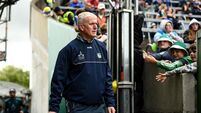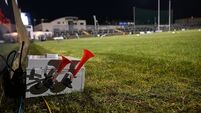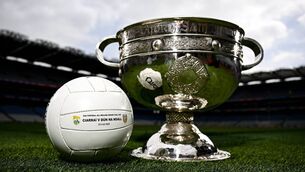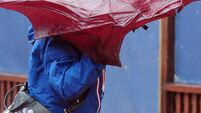Kerry V Cork: Plámás, picardia, and penalty pain
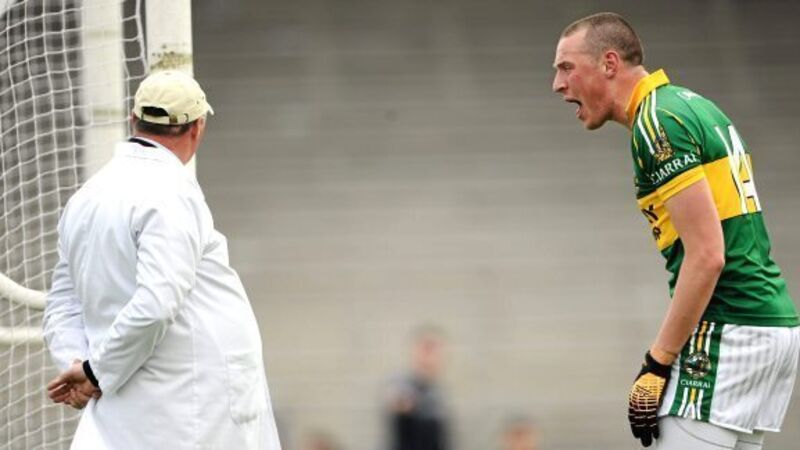
All of their performance issues were aired and then categorised into one of these two circles. The theory was that they would focus their attention solely on the things that were within their control and not waste energy on the things outside of their control.
Two things they initially relegated to the ‘Can’t Control’ circle were ‘The Past’ and ‘The Ref’.







